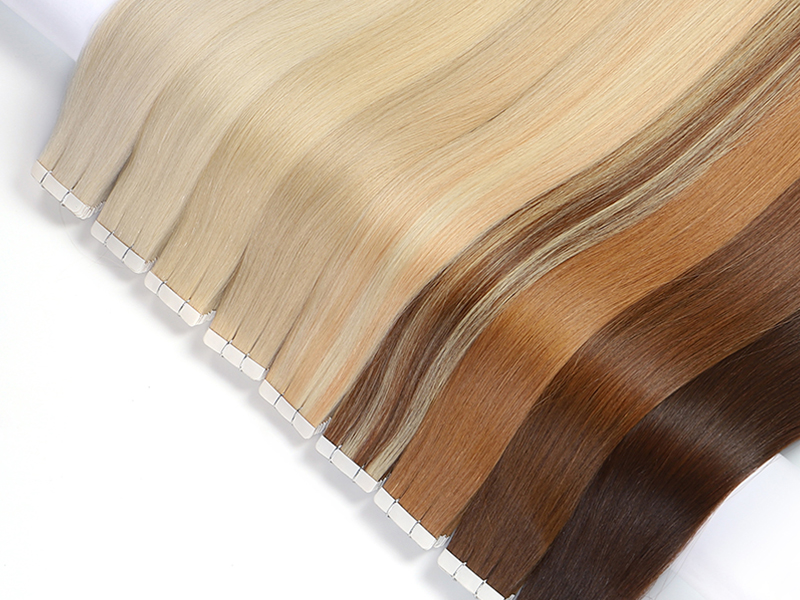In the dynamic realm of hairstyling tools , technological advancements are not merely features but catalysts driving market growth and shaping consumer preferences. From temperature control precision to smart connectivity, innovations in hair straighteners are transforming the hairstyling landscape. Let's delve deeper into how these advancements influence consumer preferences, market growth, and regional variations while considering the impact of cultural factors on product demand.
Temperature Control Precision:
Advanced temperature control mechanisms in modern hair straighteners offer users the flexibility to customize their styling experience according to their hair type and styling preferences. This precision not only enhances styling versatility but also minimizes the risk of heat damage, appealing to consumers concerned about hair health. As consumers become increasingly conscious of the impact of heat styling on their hair, the demand for hair straighteners with adjustable temperature settings is expected to rise, driving market growth.
Automatic Shut-Off Mechanisms:
Safety features like automatic shut-off mechanisms resonate with consumers seeking peace of mind and convenience in their hairstyling routine. These features not only enhance user safety but also contribute to energy conservation, aligning with growing environmental awareness among consumers. As safety-conscious consumers prioritize products with built-in safety features, manufacturers incorporating automatic shut-off mechanisms into their hair straighteners are likely to gain a competitive edge in the market.
Smart Connectivity and App Integration:
The integration of smart technology and mobile app connectivity adds a new dimension to the hairstyling experience, appealing to tech-savvy consumers seeking personalized solutions. Features like customizable temperature presets, styling tutorials, and hair health monitoring contribute to enhanced user engagement and satisfaction. While the adoption of smart hair straighteners may initially be driven by early adopters and tech enthusiasts, mainstream acceptance is expected to grow as awareness and accessibility increase.
Ionic and Infrared Technology:
Technological innovations such as ionic and infrared technology address specific hair concerns, appealing to consumers seeking salon-quality results at home. Ionic technology reduces frizz and static, while infrared technology penetrates the hair shaft more deeply, minimizing heat damage. These features resonate with consumers prioritizing hair health and quality, driving demand for hair straighteners equipped with advanced heating technologies. Manufacturers incorporating these features into their products are likely to gain traction in the market.
Regional Market Variations and Cultural Influences:
Regional market variations and cultural factors significantly influence product demand and consumer preferences in the hair straightener market. Cultural norms, hair types, and styling preferences vary across regions, leading to diverse product requirements. For example, consumers in humid climates may prioritize frizz control features, while those in colder regions may prioritize heat retention and quick heating capabilities. Understanding these regional nuances is crucial for manufacturers to tailor their products and marketing strategies to meet local preferences effectively.
 |
 |
 |
In conclusion, technological innovations are reshaping the hair straightener market, offering consumers unprecedented customization, safety, and performance. By understanding the interplay between technological advancements, consumer preferences, regional variations, and cultural influences, manufacturers and retailers can navigate the evolving market landscape and meet the diverse needs of consumers worldwide. As the demand for advanced hairstyling tools continues to grow, leveraging technology to create innovative solutions will be key to staying competitive in the dynamic hair straightener market.









